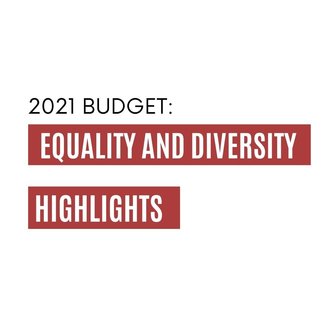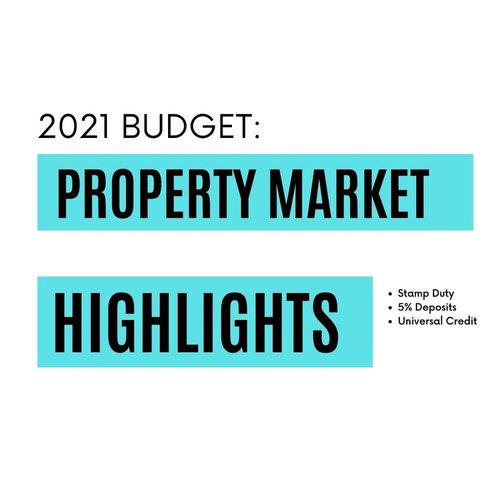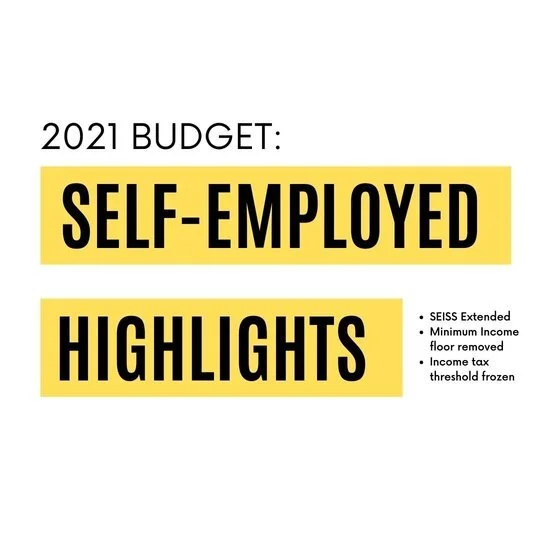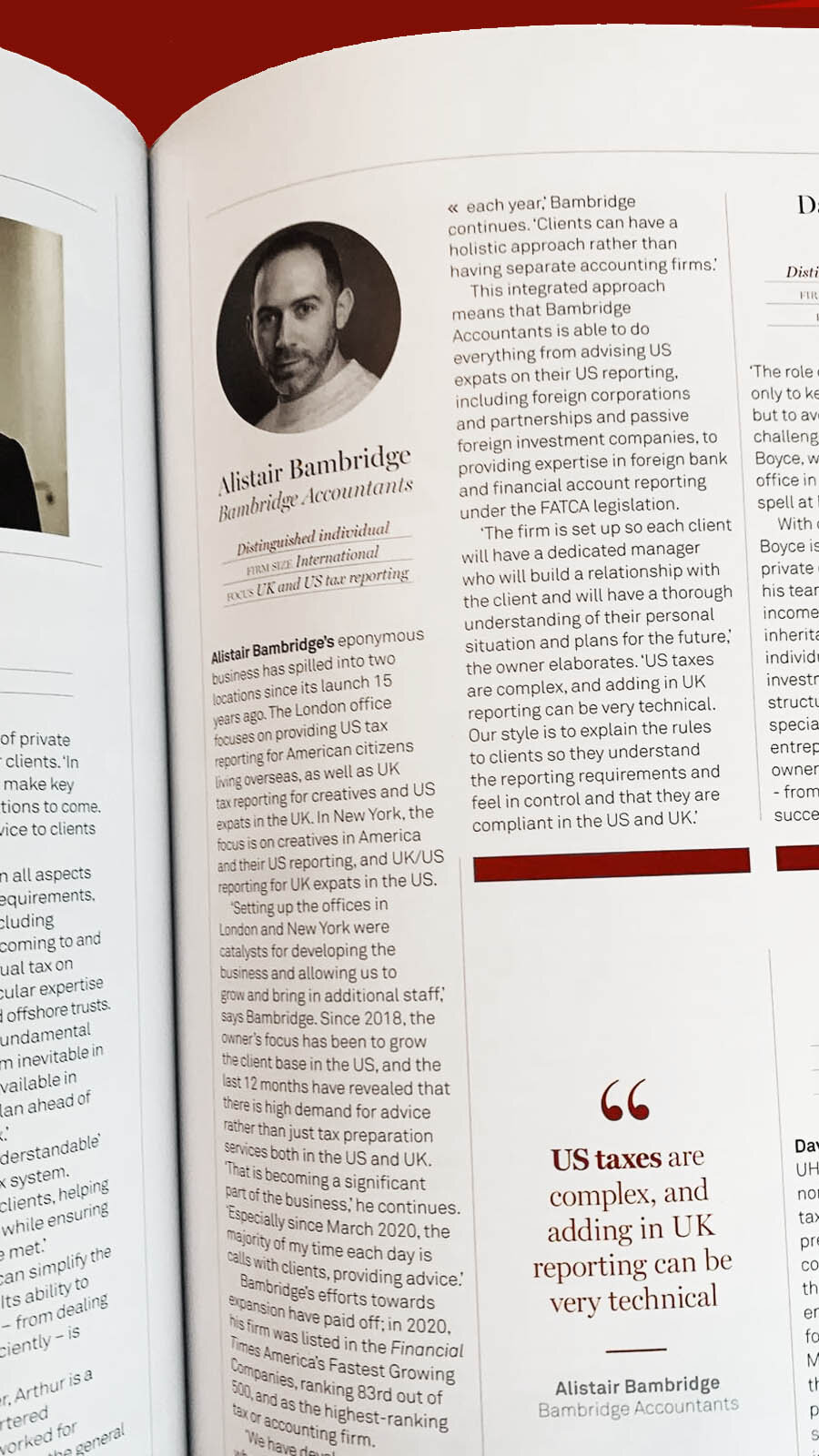The 2021 budget has announced a lot of ways they plan to help people all across the UK, introducing different schemes and budgets for different industries, but what does this year’s budget mean for corporates? There are some new schemes that have been introduced, that could possibly become a problem for larger companies, and not affect smaller companies at all. On the other hand, there could be advantages for both large and small companies. All in all, there are a lot of ways corporates could benefit from this year’s budgets.
In this article, we will cover a few of the different schemes and regulations provided by the Government, how they work, and how the Government aims to help corporates. Some of these include the Super Deduction Scheme, VAT reduction, a £3000 loan to taking on apprentices, a ‘Recovery Loan Scheme’ all across the UK, and a change in the annual corporate tax payments.
Super Deduction Scheme
Starting from April, a ‘Super Deduction’ scheme will start to take place for companies. For every pound, a company invests in new equipment, their tax bill will be cut by 25%. It’s expected to incite around £25 billion in business investments all across the UK – benefiting businesses such as manufacturers in particular. “These measures will be welcomed by businesses and will encourage an immediate acceleration of investment, instead of holding off. However, care will need to be taken in relation to certain assets, such as vehicles and leased plant and machinery, which may be subject to restrictions.”
This scheme aims to encourage firms to invest in “productivity-enhancing plant and machinery assets that will help them grow, and to make those investments now.” – which you can read more about in this article.
VAT cut to 5%
An extension to the Value Added Tax will cut to 5% for things such as hospitality, accommodations, and site attractions until the end of September, all across the UK, which will shortly be followed by a 12.5% rather for another six months that will end on the 31 st of March, in 2022.
The VAT was originally 20%, which is a good amount of reduction – making it all the easier for restaurants, cafes, hotels, amusement parks, concerts, etc to regain the money that wasn’t being made during most of the pandemic.
This will ensure the safety of supporting 150,000 businesses in the tourism and hospitality sectors and protect the 2.4 million jobs across the UK.
£3000 for taking on apprentices
An extension has been decided to the hiring incentive in England, to take on those looking to do apprenticeships which will go on until September.
This is a great advantage for those who are looking to do apprenticeships straight after finishing secondary, as an alternative to university. The more apprenticeships that are held, the easier it will be for young adults who are not keen on going to University. It’s beneficial to corporates too, as the more people they can get on board with their company, the better.
18-year-old Martha McKeown signed up to become an apprentice for 18 months at a charity that helps people with learning difficulties and have mental health problems. She talked about how the apprenticeship gave her the confidence that she needed. As well as having something where she can learn different skills, she can also earn the London Living wage which enables her to save up money to give her a head start of saving for her own place.
The government claims that the boost for apprenticeships will ultimately help the IFA sector. Evidence shows that more than 700,000 people have lost their jobs due to the Coronavirus. They believe that greater incentives for apprentices and employers will enable apprentices to continue to work in a certain profession. Therefore, it will attract fresh and diverse talent – including those from BAME backgrounds, LGBTQA+, and women.
UK-wide Recovery Loan Scheme
This scheme aims to make loans available starting from £25,001 to £10 million and account finance between £1,000 and £10 million. This is aimed to help both large and small corporates proceed to the next stage of recovery post-pandemic.
The scheme will be a boost to help a lot of companies to continue to take out loans, this would also give corporates confidence in continuing with their business – for example, if they’re a start-up on a small corporate, as they may have been badly affected during the pandemic.
Yearly Corporate Tax
As part of the yearly tax that corporates pay which was originally 19%, it was announced that it will be increased to 25%, but only for companies that are earning more than £250,000. This of course is a disadvantage to big corporates that earn that amount or more as they will now have to start paying quite a bit more tax than they originally were. For smaller companies who don’t earn anywhere near as much as £250,000, there is no disadvantage to them, but also no beneficial factor that they could gain from. Although this will not start straight away as the chancellor has announced that it will be increased starting from 2023.
Contact Us for any of your tax needs. We specialize in taxation for corporate enterprises.
















































